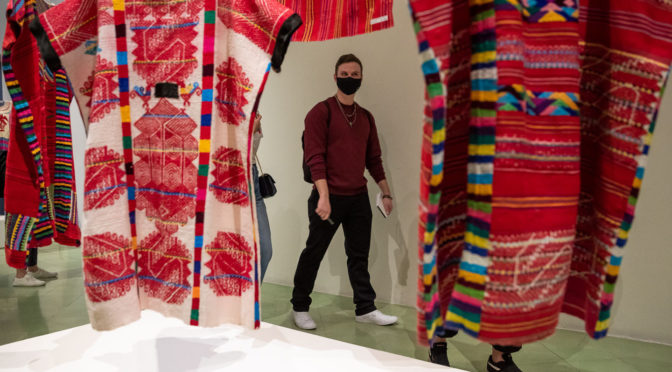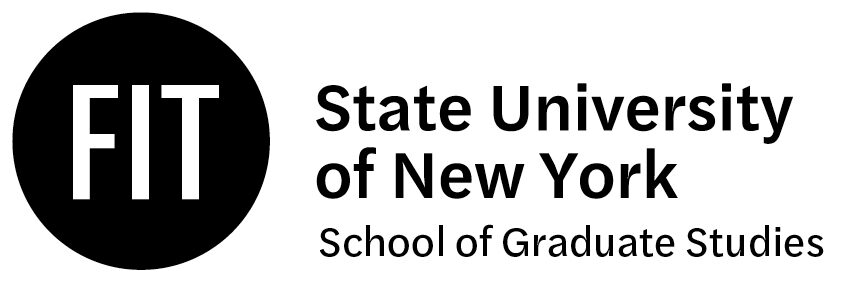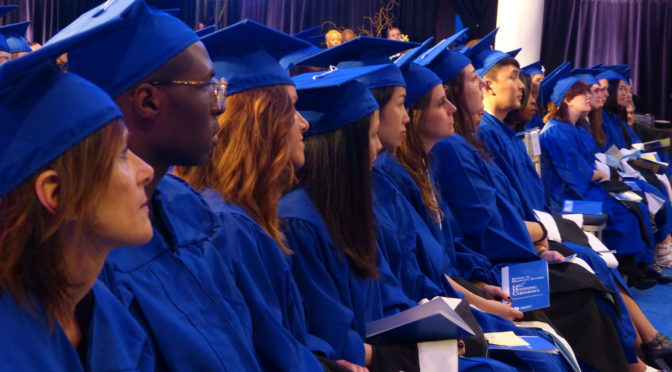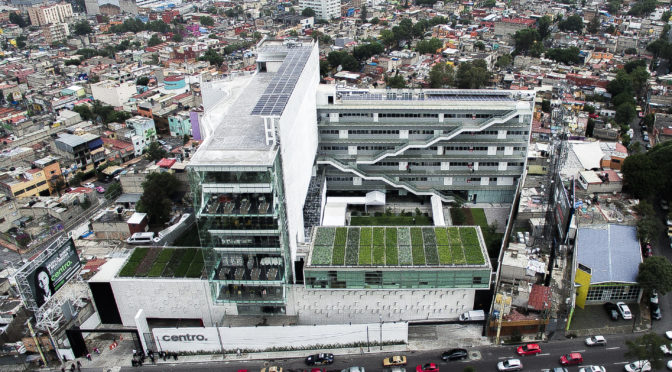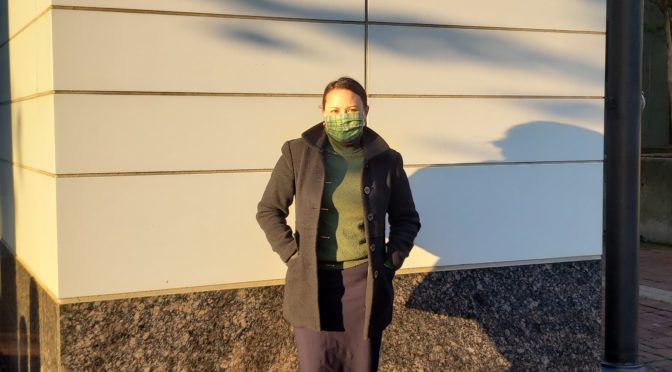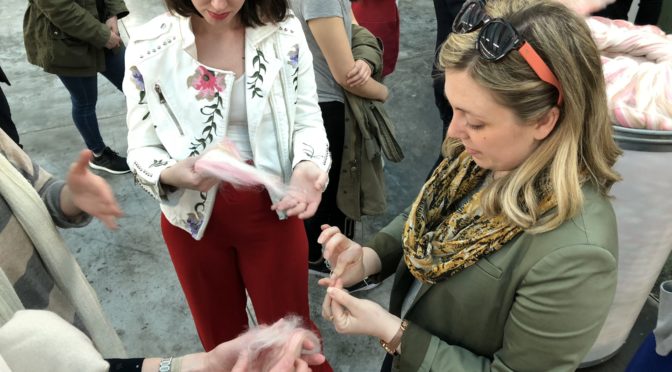For the Mexico Seminar, FIT students were given the assignment to share their reflections, attitudes, impressions, and ideas on our experience in Oaxaca, and the breadth of lecture topics that were heard in Mexico City. GFM Class of 2022 student Zach Mauer shared his thoughts on two topics that were discussed at some length and […]
